When someone thinks of flowers they might picture bright, beautiful flowers. The color red might come to mind or the smell of roses. However, there are other flowers that can be just as beautiful and as lovely. Today we are going to look at flowers that start with the letter H and how they can be just as beautiful.
Flowers That Start With H – List Of Flowers That Name Starts With the Letter ‘H’
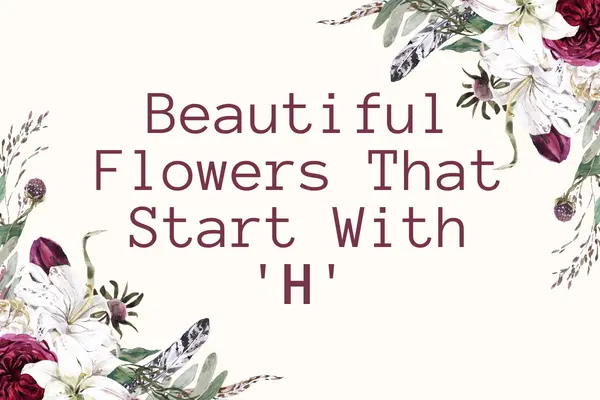
Hibiscus
Hibiscus flowers are beautiful, trumpet–shaped blooms that come in a variety of colors. The hibiscus flower is native to tropical and subtropical regions around the world and is the national flower of Malaysia.
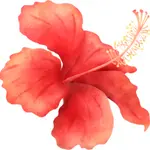
Hibiscus flowers have a short lifespan, but they make up for it by blooming continuously throughout the year.
Hibiscus flowers are not only beautiful, but they are also edible! The petals of the hibiscus flower can be used to make delicious tea. The tea is full of antioxidants and has numerous health benefits.
Hibiscus tea can also be used as a natural dye for fabrics and foods. Whether you are growing hibiscus flowers for their beauty or for their edible petals, they are easy to care for. Hibiscus flowers thrive in warm weather and need full sun to partial shade.
Heather
Heather Flower is a type of flowering plant that typically blooms in the late summer or early fall.
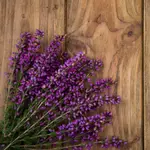
The flowers are small and tubular, and they can be either pink or white in color. Heather flower arrangements are popular for their delicate beauty, and they are often used in wedding bouquets or as centerpieces.
Hellebore
Hellebores are a genus of flowering plants in the family Ranunculaceae, native to Europe and Asia. They are known for their large, showy flowers that bloom in winter and spring. The most common type of hellebore is the Christmas rose (Helleborus niger), which has white or pale pink flowers.
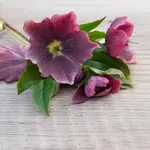
Other popular varieties include the Lenten rose (Helleborus orientalis), which has dark purple or red flowers, and the green hellebore (Helleborus viridis), which has greenish–white flowers. Hellebores are relatively easy to grow in well–drained soil in partial shade. They are slow–growing plants, so they will not need much fertilizer or pruning.
Helenium
The Helenium flower is a beautiful yellow flower that blooms in the summer. It is a member of the Aster family and is native to North America.
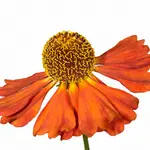
The Helenium flower gets its name from Helen of Troy, who was said to have been crowned with a wreath of Helenium flowers. The flower is also sometimes called the sneezeweed flower because it was once used as a remedy for colds and allergies.
The Helenium flower is a hardy flower that can tolerate a variety of growing conditions. It prefers full sun but will also grow in partial shade. The flower is drought-tolerant and does not need a lot of water to thrive. The Helenium flower is a beautiful addition to any garden and is a great choice for cut flowers.
Hemlock
The hemlock flower is a beautiful, delicate flower that has a strong, sweet fragrance. It is native to Asia and is found in the mountainous regions of China, Japan, and Korea.
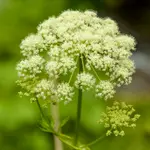
The hemlock flower is a member of the Ranunculaceae family and is related to the buttercup. The flower is white or pale pink in color and has five petals. The hemlock flower blooms in the spring and summer.
Hollyhock
The hollyhock flower is a beautiful, large bloom that is perfect for adding a touch of elegance to any garden. This flower is native to China and has been cultivated for centuries.
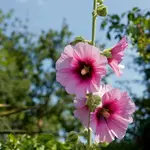
The hollyhock flower has a long stem and can grow to be over six feet tall. The bloom itself is very full and round and can be either pink, purple, or white in color. Hollyhock flowers are very popular in cottage gardens and make a beautiful addition to any bouquet.
Honeysuckle
The honeysuckle flower is a beautiful and fragrant flower that is enjoyed by many. The flower is native to Asia and North America and is a member of the Caprifoliaceae family.
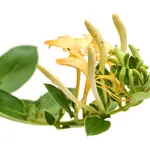
The honeysuckle flower is a climbing plant that can grow up to 20 feet in length. The plant is characterized by its long, slender leaves and its trumpet–shaped flowers. The honeysuckle flower is available in a variety of colors, including white, pink, yellow, and red. The flower is typically pollinated by bees, and the nectar from the flower is used to make honey.
Hosta
Hostas are a genus of plants in the family Asparagaceae, subfamily Agavoideae. They are native to northeast Asia, specifically in China, Japan, and Korea. Hostas are widely cultivated as ornamental plants in temperate regions of the world. They are commonly known as hostas or plantain lilies. Hostas are herbaceous perennial plants, with lance–shaped or oval leaves.

The leaves are often variegated with green, yellow, or white. The flowers are borne on scapes (unbranched leafless stems) and are typically white, lavender, or purple. Hostas are popular garden plants, as they are relatively easy to grow and are tolerant of shade. They are also resistant to deer and rabbits.
Horsetail
Horsetail flowers are small, green, and inconspicuous. They grow in dense clusters on the tips of horsetail plants.

The flowers are pollinated by the wind and produce seed cones that contain thousands of tiny seeds. When the seeds are mature, they are blown away by the wind and can travel long distances before landing and germinating.
Hydrangea
The Hydrangea flower is a beautiful, blooming plant that is commonly found in many gardens.
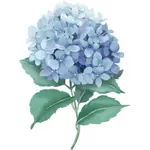
The plant is known for its large, showy flowers that come in a variety of colors, including white, pink, blue, and purple. The Hydrangea is a popular choice for bouquets and floral arrangements, and its blooms are often used to add a pop of color to a garden.
Hypericum
The Hypericum flower, also known as St. John‘s Wort, is a perennial herb that blooms in the summer and early fall. The plant is native to Europe and Asia but has been introduced to North America and other parts of the world.

The Hypericum flower is characterized by its bright yellow petals and distinctive black stamens. The herb has a long history of use in traditional medicine and is still used today for a variety of purposes. Hypericum flowers are often used in arrangements, and the dried herb can be found in many herbal teas.